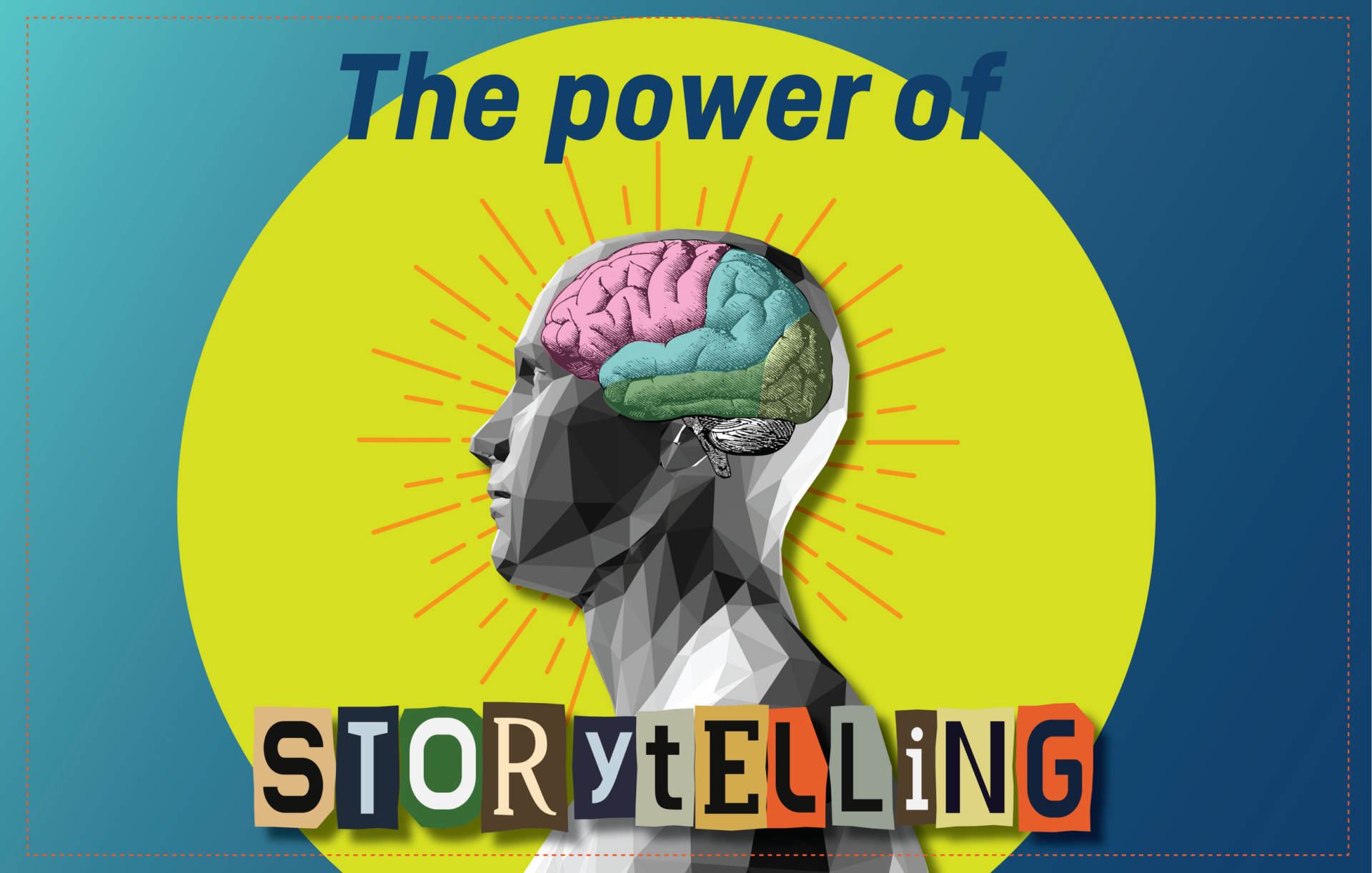
Blog
Can a Story Save a Brand? Iconic Comebacks and Lessons in Storytelling
In business, every brand faces moments of challenge—times when its very survival may be in question. Yet, history proves that the power of storytelling can revive even the most beleaguered brands, turning them into icons of success. Let’s delve into some of the most remarkable brand comebacks and the storytelling strategies that saved them.
Apple: Reinventing Innovation
In the mid-1990s, Apple was on the brink of collapse. Struggling with an uninspired product line and shrinking market share, the future looked bleak. Then came Steve Jobs. His return heralded a new era, defined by innovation and design. The iMac, iPod, and eventually the iPhone weren’t just products—they were chapters in a broader narrative of simplicity, creativity, and a reimagined digital lifestyle. Apple’s story of transformation resonated globally, propelling it from near-bankruptcy to one of the world’s most valuable brands.
In my experience, crafting a narrative around a clear vision—like Apple’s focus on innovation—doesn’t just attract customers; it galvanises entire industries.
Marvel: From Bankruptcy to Blockbusters
Marvel’s financial woes in the late 1990s seemed insurmountable. Burdened by declining comic sales and poor management decisions, the company filed for bankruptcy. Yet, Marvel’s renaissance came with its pivot to filmmaking, beginning with Iron Man in 2008. By building an interconnected cinematic universe, Marvel Studios created a story world that captivated audiences globally. This masterstroke in storytelling not only revitalised the brand but also redefined modern entertainment.
LEGO: Building Blocks of a Turnaround
LEGO was on the edge of collapse in the early 2000s, struggling to find its footing in a rapidly changing market. The company’s revival came by returning to its roots: the iconic interlocking bricks. Collaborations with franchises like Star Wars and Harry Potter allowed LEGO to embed new stories into its products, appealing to a multi-generational audience. By telling stories through play, LEGO reignited its audience’s imagination and rebuilt itself as a global powerhouse.
Abercrombie & Fitch: Redefining Identity
Once synonymous with exclusivity and outdated practices, Abercrombie & Fitch faced sharp criticism and declining relevance. Its rebranding journey focused on inclusivity and modernised product lines, creating a story that resonated with contemporary consumers. This shift resulted in a dramatic turnaround, with stock prices soaring by 285% and revenue surpassing $4 billion. By reimagining its identity, Abercrombie crafted a fresh narrative of accessibility and relevance.
Key Takeaways for Brands
- Authenticity Matters
Consumers connect with brands that tell genuine stories reflecting their core values and mission. - Adapt and Evolve
Staying attuned to cultural and consumer trends allows brands to adjust their narratives and remain relevant. - Consistency is Key
A coherent story across all platforms builds trust, reinforces identity, and ensures the brand remains recognisable.
The Power of Storytelling
While high-quality products and services are essential, it’s the story behind them that truly captures hearts and minds.
At CI Group, we’ve seen how impactful storytelling can transform campaigns, events, and even entire brand strategies. If your brand’s story needs a fresh chapter, let’s talk about how we can help you create one that truly resonates.
Let’s Talk.
